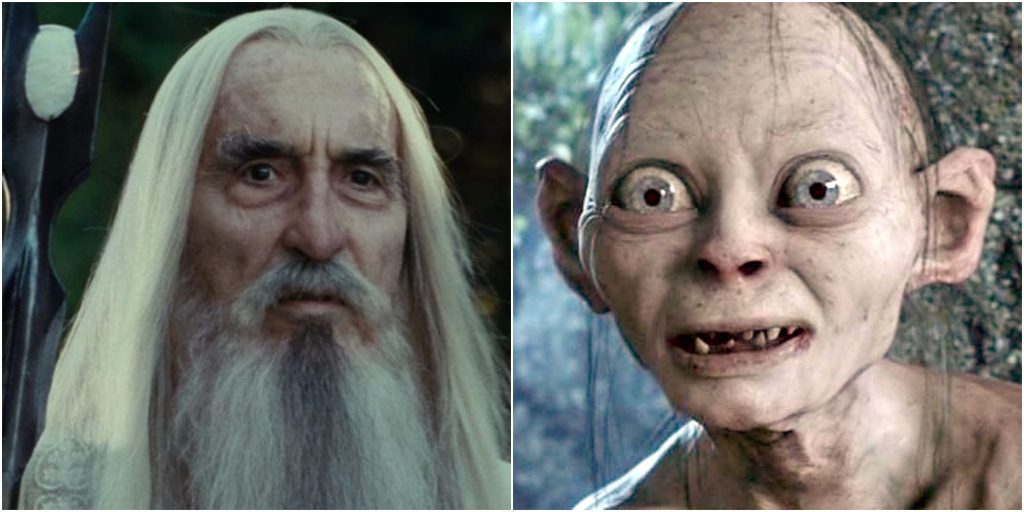Translating Tolkien’s pointillistic imagery in The Lord of the Rings novels to the cinema is quite a complicated task – one that Peter Jackson and his crew pull off with exquisite sophistication. The world is built with near-perfect accuracy, from the sleepy-green Shire to the craggy charcoal of Barad-dûr, and everything in between.
However, there are a few characters whose book versions differ greatly from the movies — sometimes for the better, but not always. That said, it’s unfair to expect everything to be perfect in artistic adaptations of pre-existing works because personalities depend on the actors as much as the screenplay.
Updated by Kennedy King on March 30, 2025: This list has been updated to reflect CBR’s current style guide and include even more Lord of the Rings characters to this list.
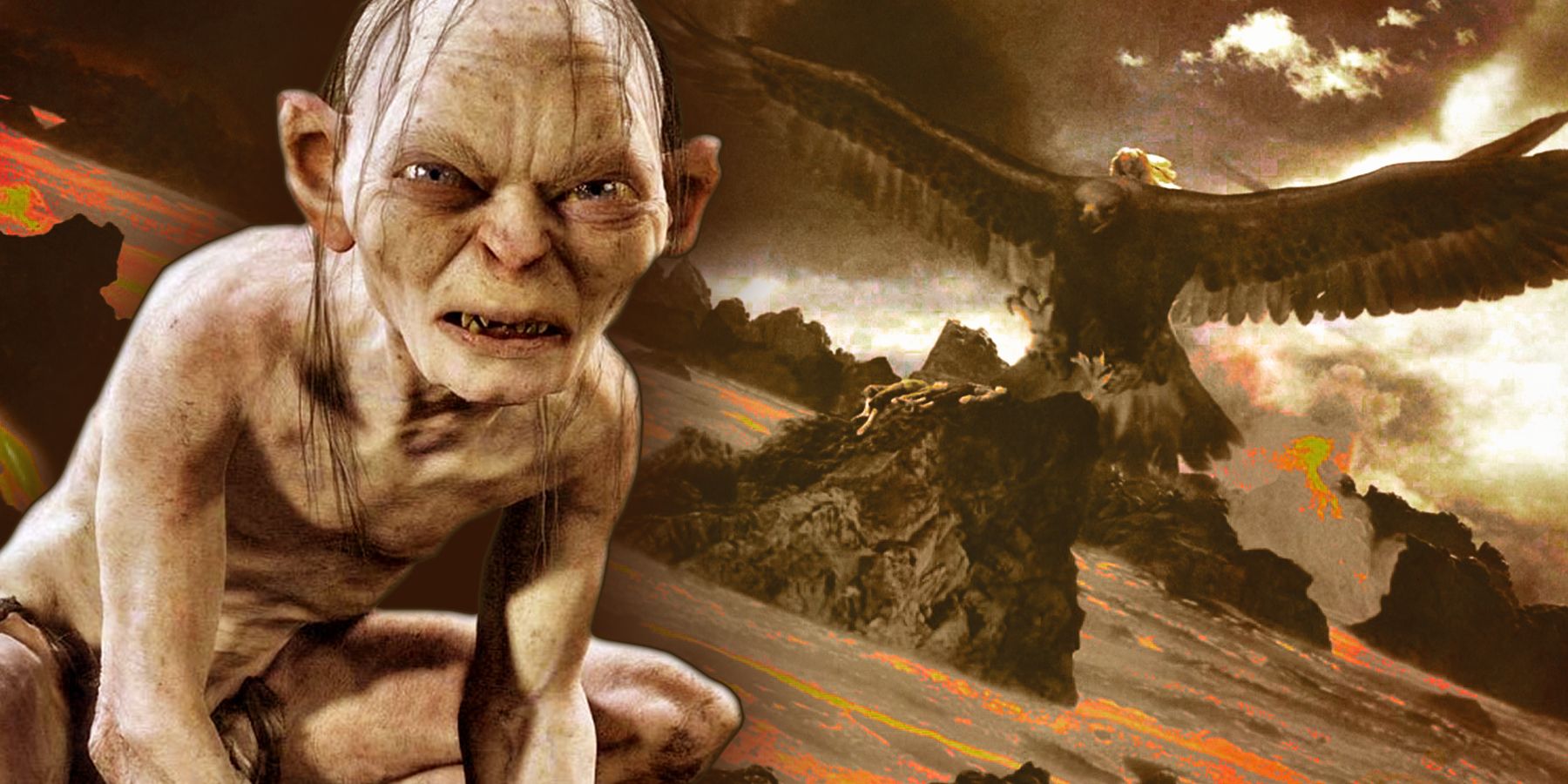
Related
15 Lord Of The Rings Theories That Actually Make Sense
J. R. R. Tolkien’s epic world is packed with interesting lore, giving fans plenty of material to work with when creating Lord of the Rings theories.
Characters That The Lord Of The Rings Films Ruined
Ruined: Frodo’s Arc Is Far Bleaker Than It Should Be
Throughout the journey to destroy the One Ring, Frodo’s mind is suspended between darkness and light. That said, the lovable Hobbit almost always opts for the latter in J.R.R. Tolkien’s original novels — even during times of stress (with the exception of the moment of truth at the story’s climax). Unfortunately, this isn’t exactly the case in Peter Jackson’s cinematic adaptations.
The effect of the One Ring on Frodo’s personality is identical in both versions, but Elijah Wood’s stellar performance is possibly just a shade too morbid. Even if the unavoidable difference in flavor between text and film is bound to change its protagonist’s nature, Peter Jackson’s approach to the character was a bit bleaker than it needed to be.
Ruined: Legolas & Gimli Never Go Beyond The Sea
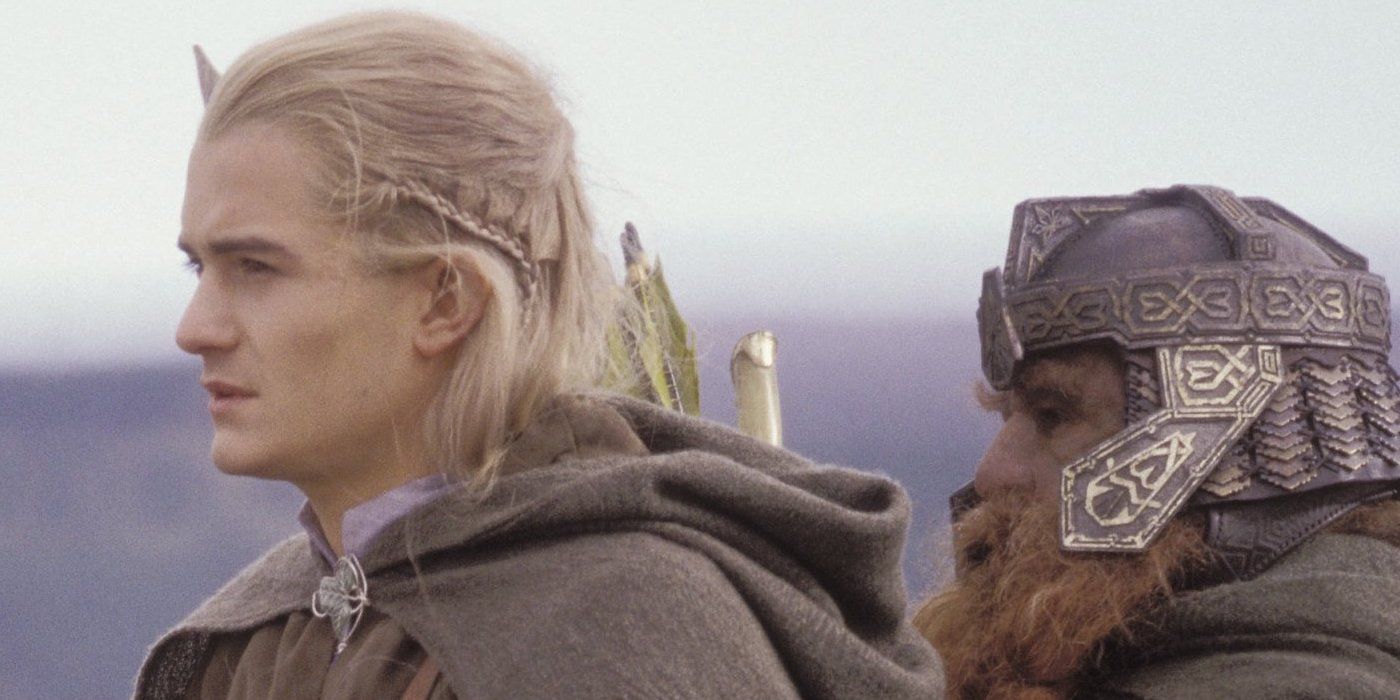
Of the nine members of the Fellowship, only Boromir dies before the end of The Lord of the Rings. Gandalf leaves Middle-earth with Frodo, with Sam following a few decades later, and Merry and Pippin live out their lives between Gondor, Rohan, and the Shire.
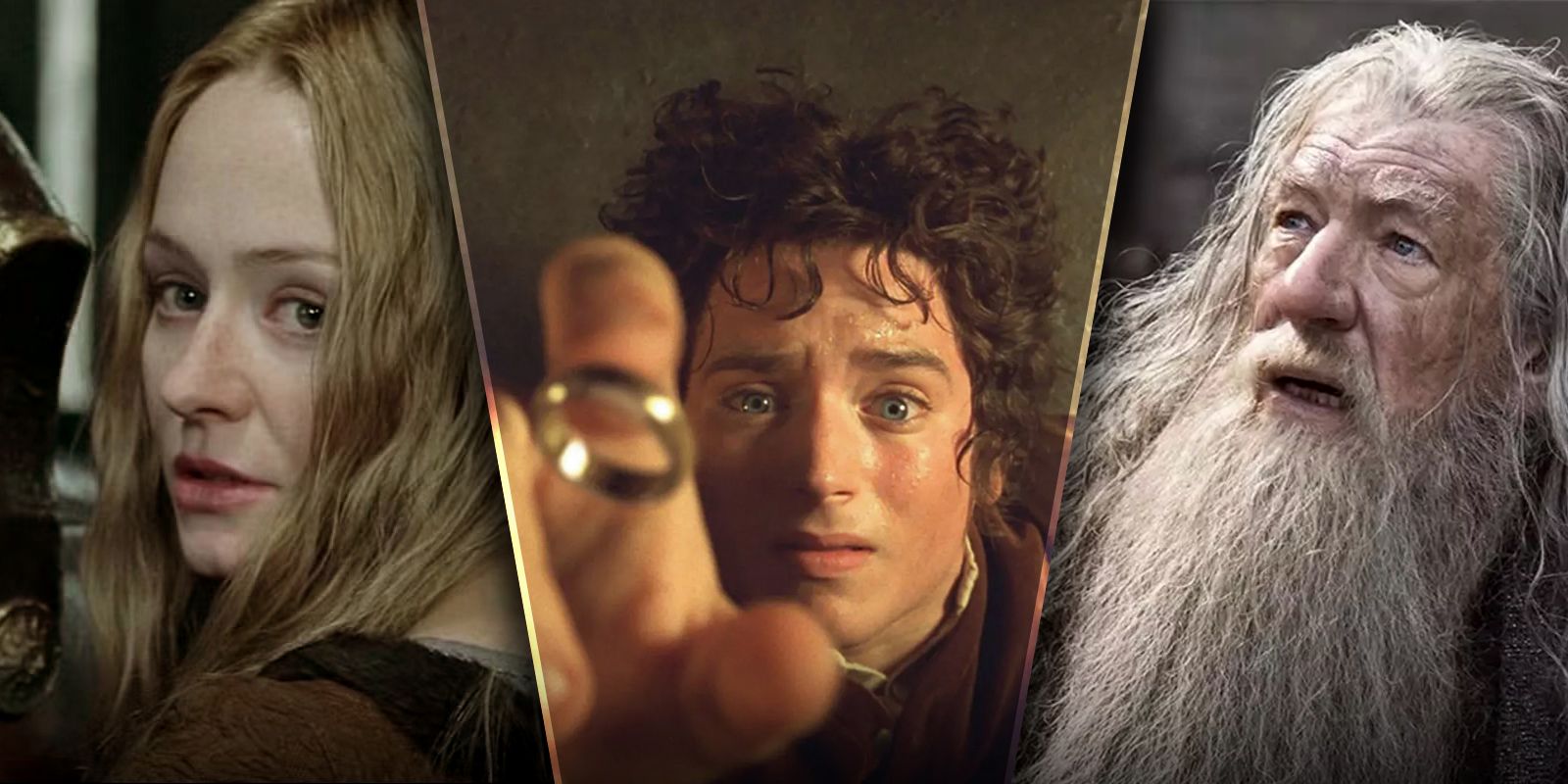
Related
10 Lord of the Rings Character Arcs That Are Flawless From Beginning to End
From noble warriors with destinies as kings to humble gardeners from the Shire, these Lord of the Rings character arcs are each executed perfectly.
However, after Aragorn’s death, Legolas and Gimli are supposed to build a ship and cross over to the Undying Lands. Per J.R.R. Tolkien’s own writing “and when [Legolas and Gimli’s] ship passed, an end was come in Middle-earth of the Fellowship of the Ring.” Unfortunately, this event isn’t even hinted at in the films, effectively leaving their fate up in the air for viewers unfamiliar with the source material.
Ruined: Saruman Doesn’t Get His Shire Storyline

In The Lord of the Rings, there is arguably no more reprehensible character than Saruman, an Eru-appointed representative who willingly abandoned his god-given post in pursuit of great power. Thankfully, Saruman’s grandiose fantasies are cut short when the Ents march into Isengard, destroying his orc mutants and tearing the place apart. The self-titled wizard “of the many colors” plummets to his death from Orthanc’s apex, never to be seen again — at least, in the films.
In J.R.R. Tolkien’s books, Saruman flees to Hobbiton, where he subjugates innocent Hobbits to his now-diluted power trip in an event known as The Scouring of the Shire. As written by Tolkien, this arc ends with Saruman “cast down, and utterly humbled, and perished at last by the hand of Gríma Wormtongue:” a considerably better ending for such a wily Maia and one that many literary analysts consider the most important chapter of the entire narrative.
Ruined: Sauron’s Physical Appearance Is Far From Macabre
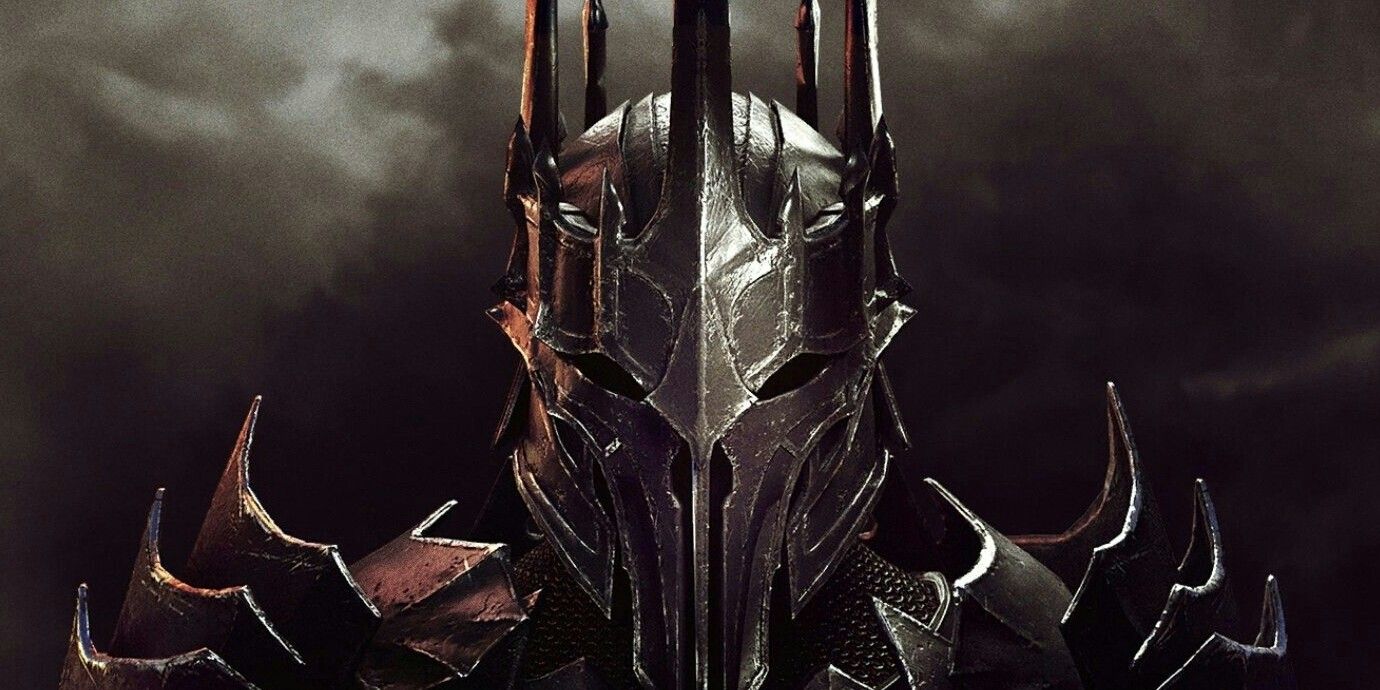
Sauron is a master of disguise, having taken on a wide variety of forms since the First Age – a few of them were even said to be divine. The physical form he takes in the movies is certainly imposing, but by showing it in such explicit detail, it ultimately ends up taking away from the mystery factor in the novels.
Tolkien mentioned Sauron’s “daunting eyes” and “dreadful presence,” as well as his apparently extreme skin temperature. The films depict him as a gigantic human-shaped suit of spiky black armor, armed with a cudgel and a single gold ring, but without his characteristic malevolence, slightly taking away from the larger-than-life nature of cinema’s best villain.
Ruined: The Balrog Of Moria Is An Overwrought Expression Of CGI
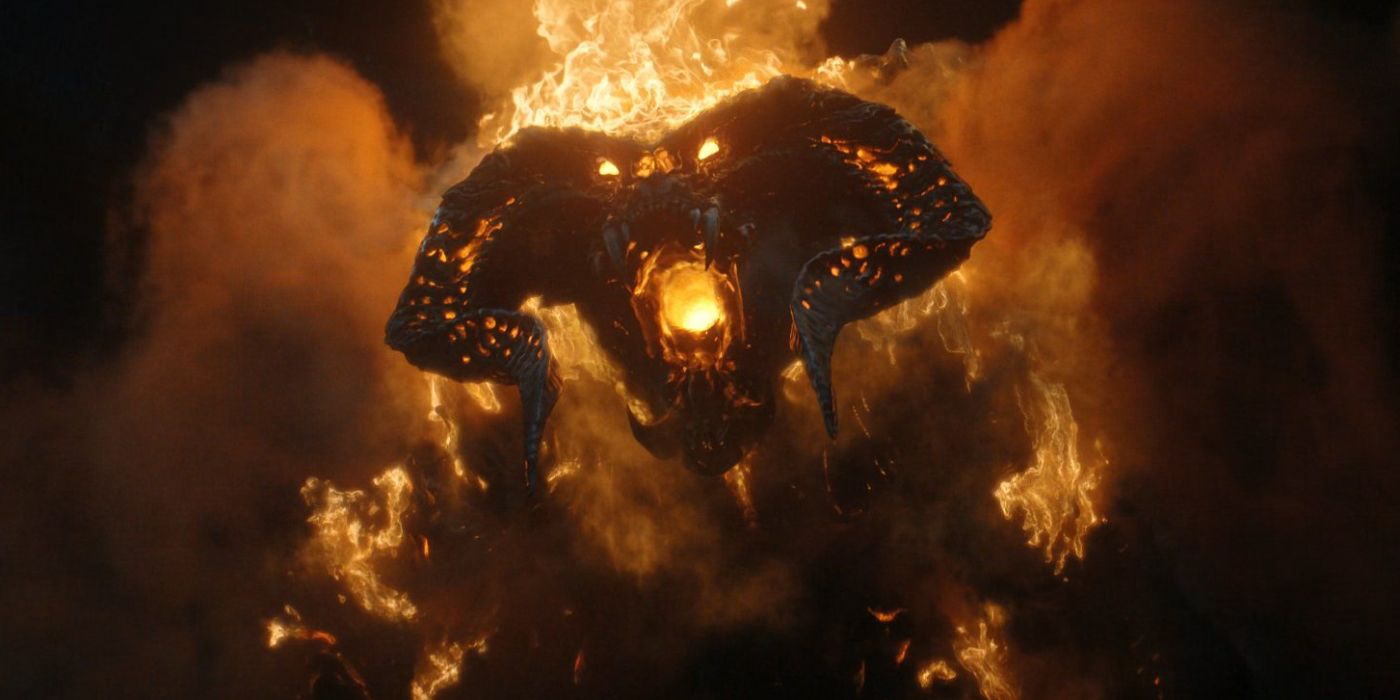
Deep within the depths of Middle Earth lies one of the most terrifying figures in the extended Middle Earth lore: the Balrog of Moria. This Balrog, also known as Durin’s Bane, was meant to be marginally larger than a human, which is conceivable given that these beasts used to be a breed of Maia corrupted by Morgoth (like Sauron). However, this is a significantly different depiction than the creature that appears in The Lord of the Rings films, which is tens of feet taller
Another aspect of these once-angelic entities is that they could mutate at will, as Gandalf describes the Balrog’s appearance after plunging into water as “a thing of slime, stronger than a strangling snake.” Cinematically less impactful, perhaps, but narrative strength is not all about CGI.
Ruined: Faramir’s Pure Heart Is Challenged in the Films

Of all the humans depicted in J.R.R. Tolkien’s The Lord of the Rings novels, few are more heroic, loyal, and morally sound than Faramir. The younger brother of Boromir doesn’t carry the same bravado as the Fellowship of the Ring member, but as evidenced throughout the latter half of the trilogy, he has absolute resolve that makes him one of the least corruptible figures in the entire franchise.
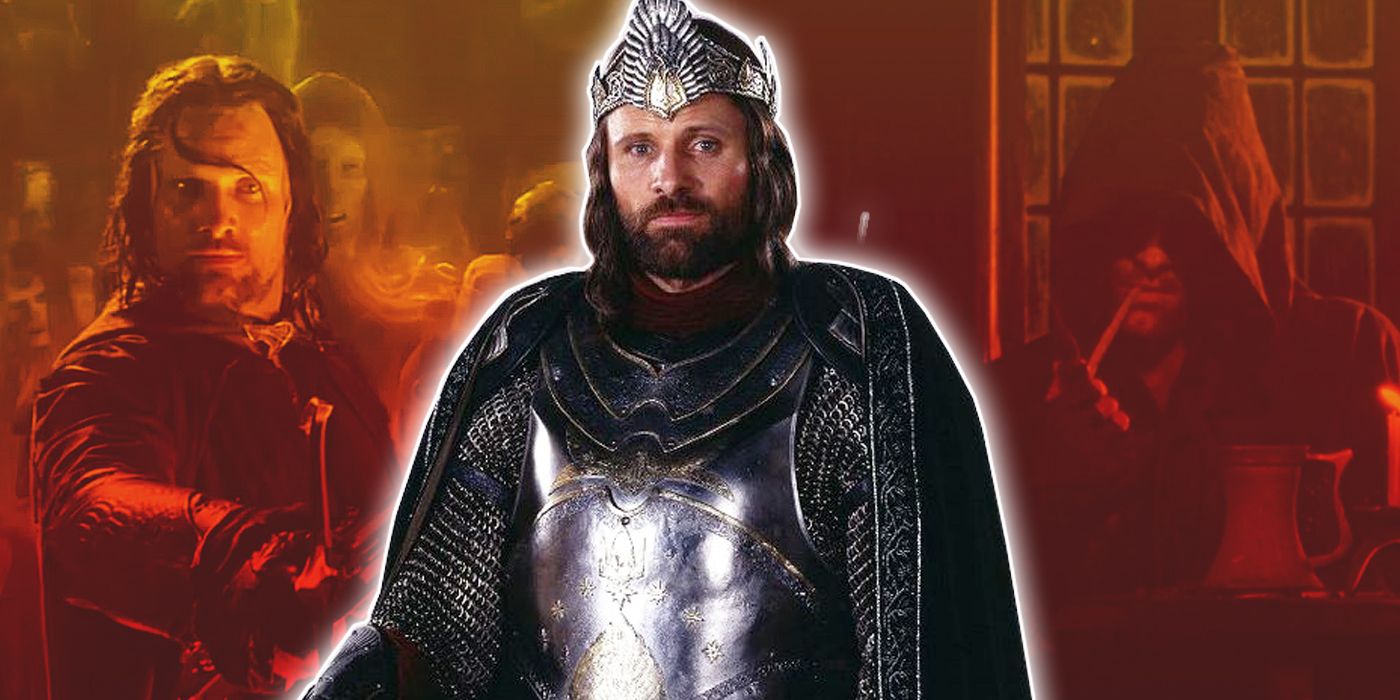
Related
The Best Aragorn Quotes From The Lord of the Rings
A strong and loyal character, Aragorn was one of the most courageous in The Lord of the Rings, and some of his best quotes prove it.
However, Faramir’s unshakable will isn’t quite as incorruptible in Peter Jackson’s adaptations. The character, who never wavers in his dismissal of the One Ring in Tolkien’s writing, shows a glimpse of weakness for the Ring in Jackson’s films, undercutting what made the character special in the first place. While individuals involved with the films have stated that this change was made to further establish the all-corrupting influence of the One Ring, it is a shame that this change came at the cost of one of the most honorable Men in the history of Middle Earth.
Ruined: Celeborn Becomes an Afterthought in the Films

Of all the races involved in the Fellowship of the Ring, none are more graceful, elegant, and godlike than the Elves. Though their presence in Middle Earth is much smaller than what it was during the mortal realm’s previous ages, their ranks are still composed of some of the most legendary characters in J.R.R. Tolkien’s extended lore. Unfortunately, one Elf that Peter Jackson’s adaptations failed to truly capture was none other than Lady Galadriel’s husband, Celeborn.
Celeborn is one of the wisest Elves in J.R.R. Tolkien’s novels, and although he does take a backseat to Galadriel in a few key moments, like the destruction of Dol Guldur, he is far, far more important than what is shown in Peter Jackson’s films. The majority of Celeborn’s scenes were cut to free up runtime in Jackson’s adaptations, making him one of the few glaring weak spots in the beloved trilogy.
Characters The Lord Of The Rings Fixed
Fixed: Gollum’s Guile & Desperation Can Be Felt Through The Screen
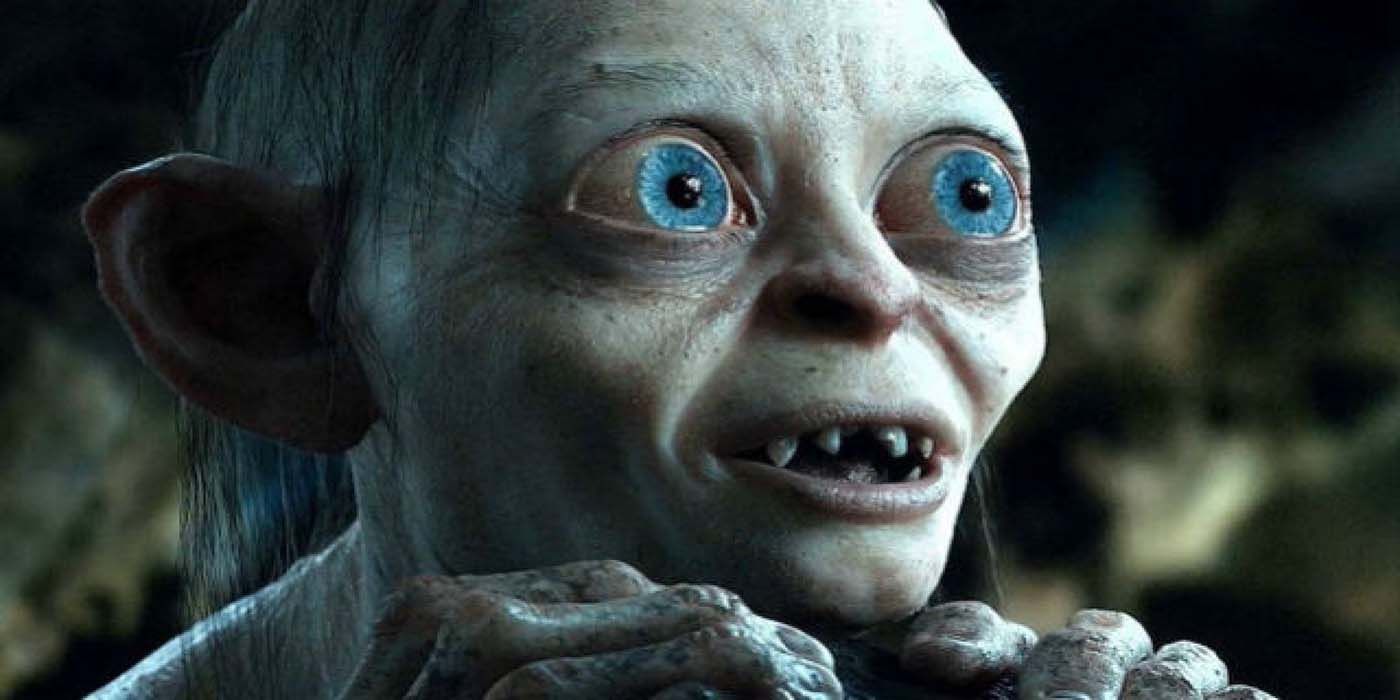
Of all the characters in J.R.R. Tolkien’s legendarium, Gollum is one of his most unique — and horrifying. The grotesque appearance, speech patterns, and character motivations of the disgraced Hobbit make him an exceptionally challenging character to manifest, even with CGI support. Nevertheless, Andy Serkis’ performance earned him widespread acclaim and several prestigious awards.
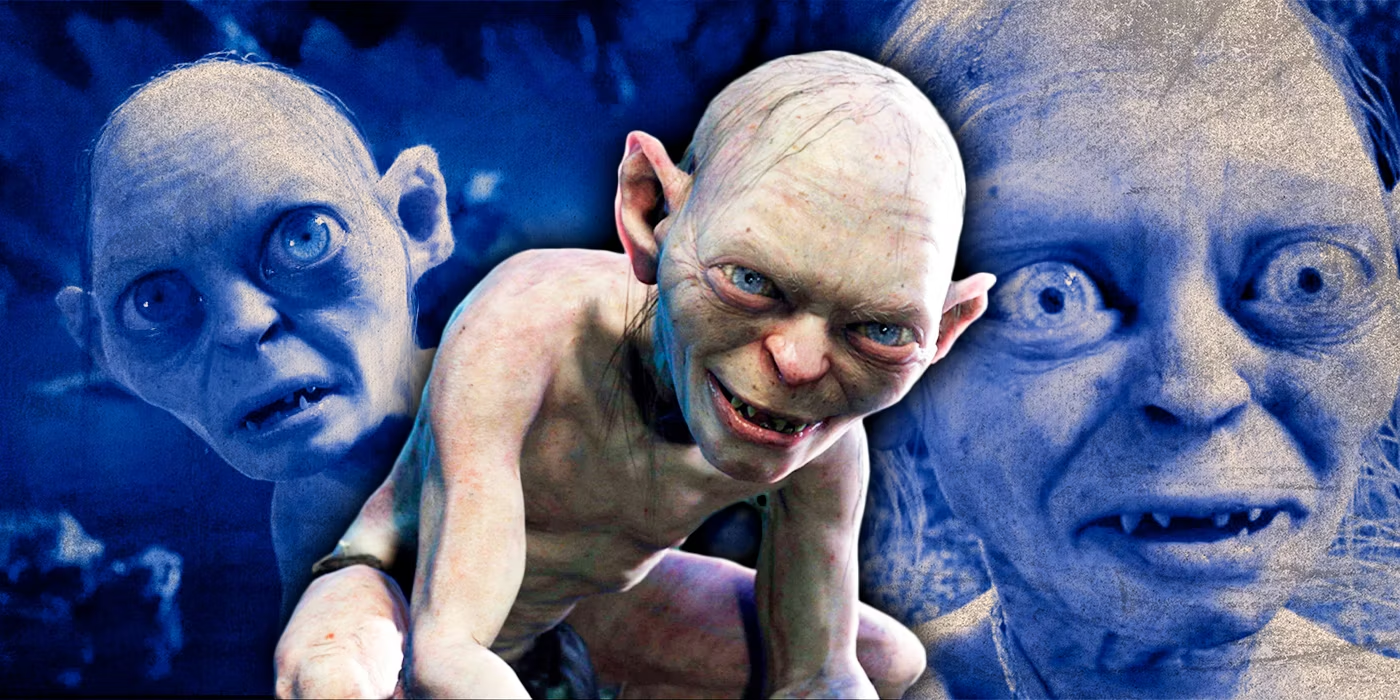
Related
15 Iconic Gollum Scenes from The Lord of the Rings, Ranked
Gollum is one of The Lord of the Rings’ most memorable characters, and as such, he’s the focus of a number of truly iconic scenes.
Gollum is engulfed by his hunger for the One Ring; he covets it more than he cares about life itself, but there are times when compassion shines through all that grime and greed. Serkis captures the radical duality of Gollum using nothing more than body movement, facial expression, and vocal tone.
Fixed: Arwen Is A Lot More Tenacious In The Movies
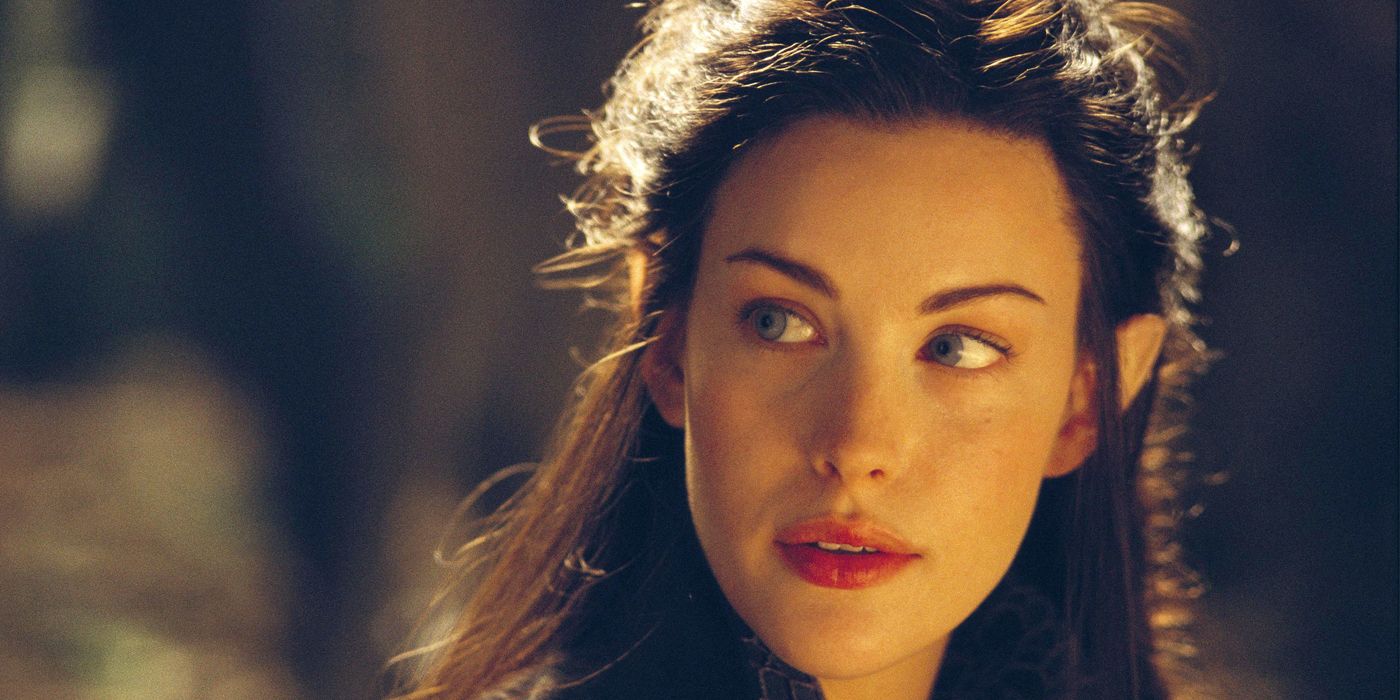
Literary Arwen is comfortable in the backseat, content to watch events play out and accept the destiny that’s been written for her. Liv Tyler’s Arwen couldn’t be more different: she ferries an injured Frodo across plain and meadow, later “destroying” the Nazgûl by bringing the might of the river down on them.
It’s unlikely that Tolkien intended for her to have any knowledge of battle, a feature that Peter Jackson excellently subverts. The only problem is that the movie version shows Arwen’s agency is somewhat displaced in favor of her father, Elrond, but overall, the changes to her character are a welcome addition to the film.
Fixed: Gandalf’s Cinematic Majesty Illustrates His Resolve
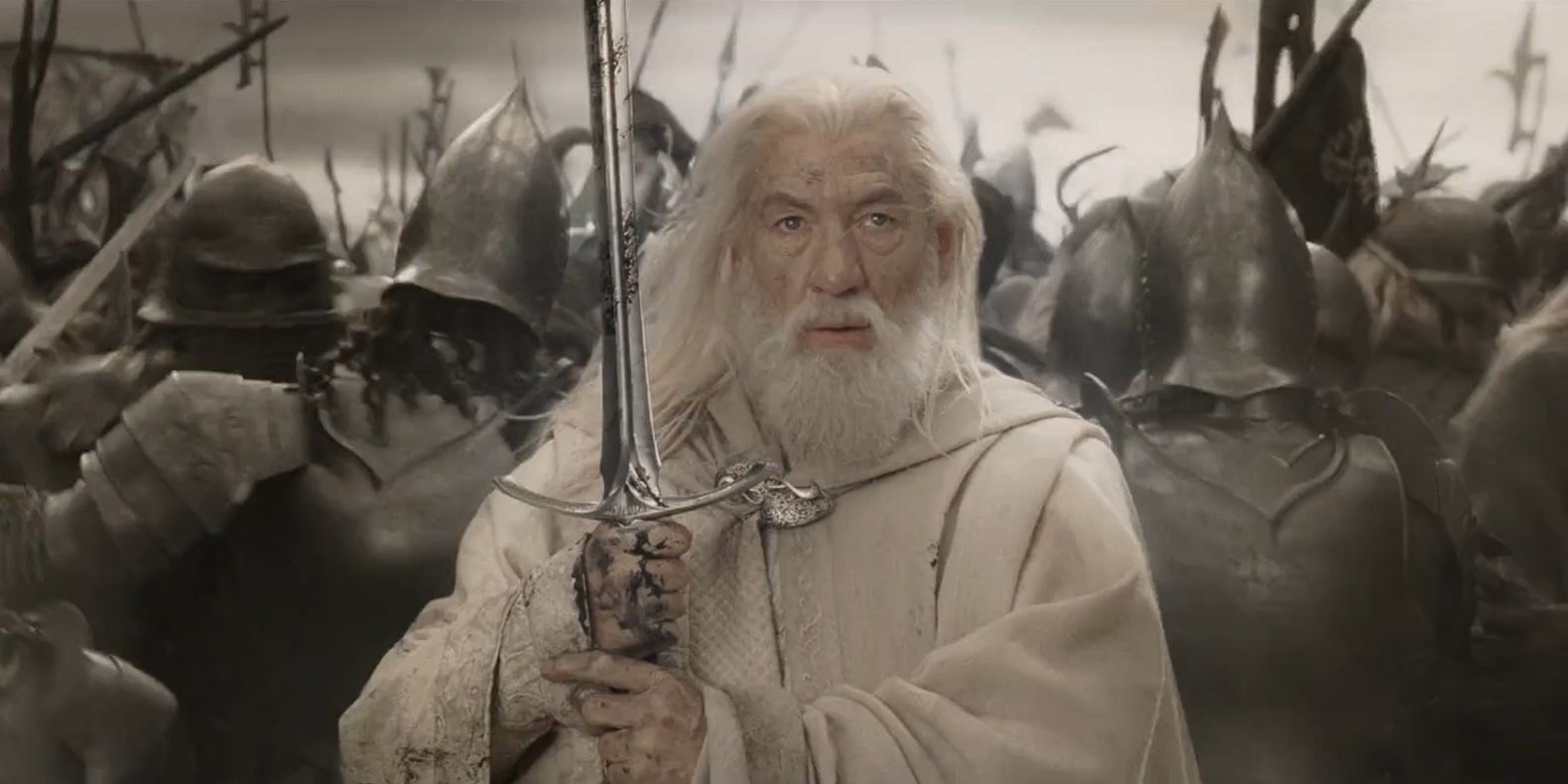
Several actors were considered for the role of Gandalf, including Patrick Stewart, Sean Connery, and David Bowie, but it’s hard to imagine anyone other than Ian McKellen. While Gandalf was a fan favorite for years before he hit the silver screen, there is no denying that the gravitas with which McKellen approaches the role helps transform Gandalf into the one true Maia that he was always intended to be.
He takes his character through the biggest metamorphosis in LOTR, from smoky gray to blinding white, emerging as a powerhouse of proportions more intimidating than his consistently jolly novel representation. McKellen shows why Gandalf, not Frodo or Aragorn, is the prime mover in the War of the Ring.
Fixed: Gríma Wormtongue Is The Definition Of His Name
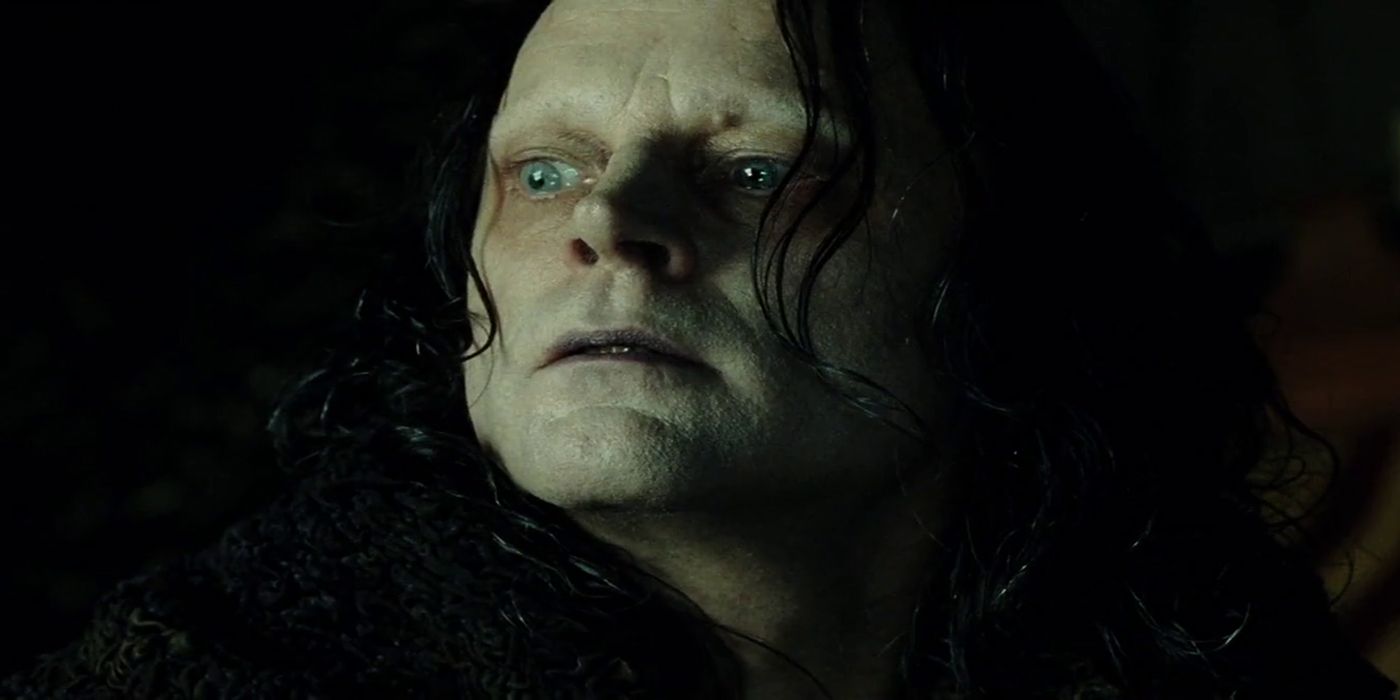
Wormtongue is a craven creature bent on nothing more than the destruction of Rohan, although Saruman’s influence over him cannot be discounted so easily. While the character is largely the same in J.R.R. Tolkien’s novels and Peter Jackson’s films, one key difference helps bring the character to life.
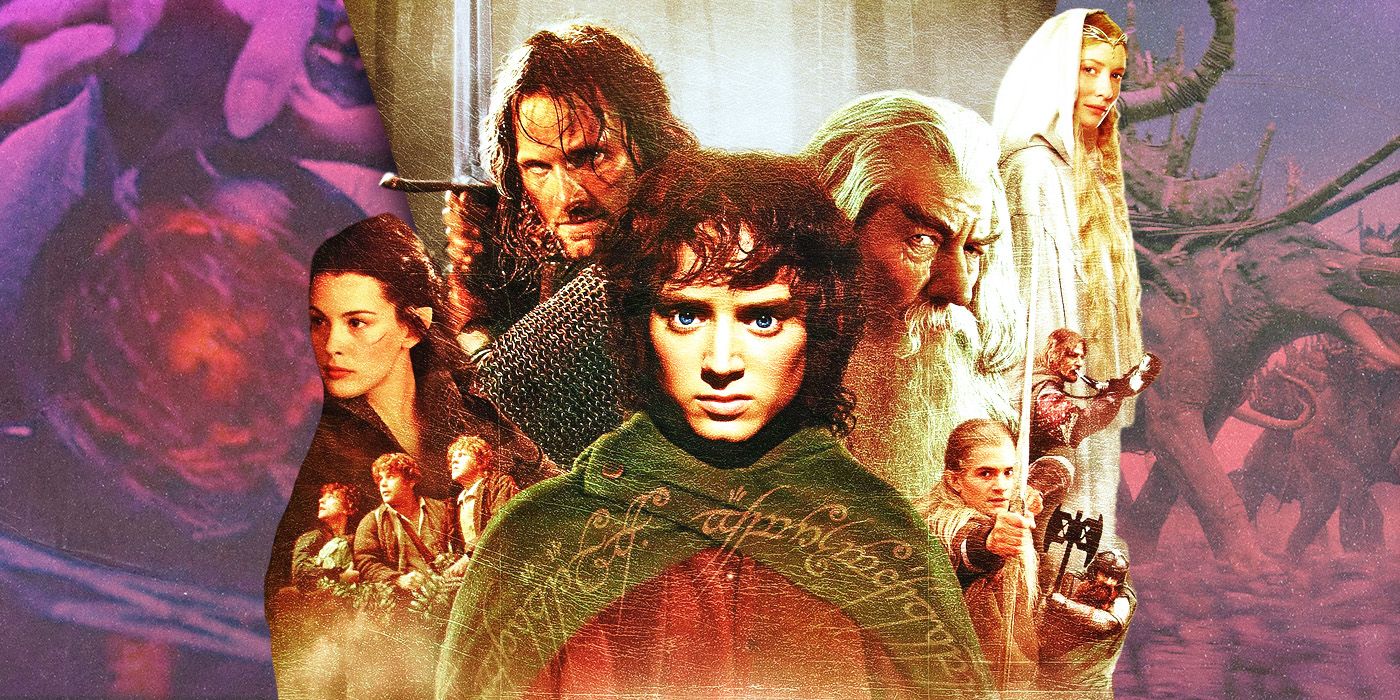
Related
15 Biggest Mistakes The Fellowship Made in The Lord of the Rings
The Lord of the Rings’ fellowship was filled with capable but flawed individuals. As a result, everyone from Frodo to Gandalf makes mistakes.
Under advisement from Peter Jackson, actor Brad Dourif added a personal touch by removing his eyebrows (which would make anyone’s face look inhuman). Wormtongue slithers and snivels his way through the movies, a far more visceral rendition of his milder self in the novels.
Fixed: Galadriel Deserves The Respect She Gets & More
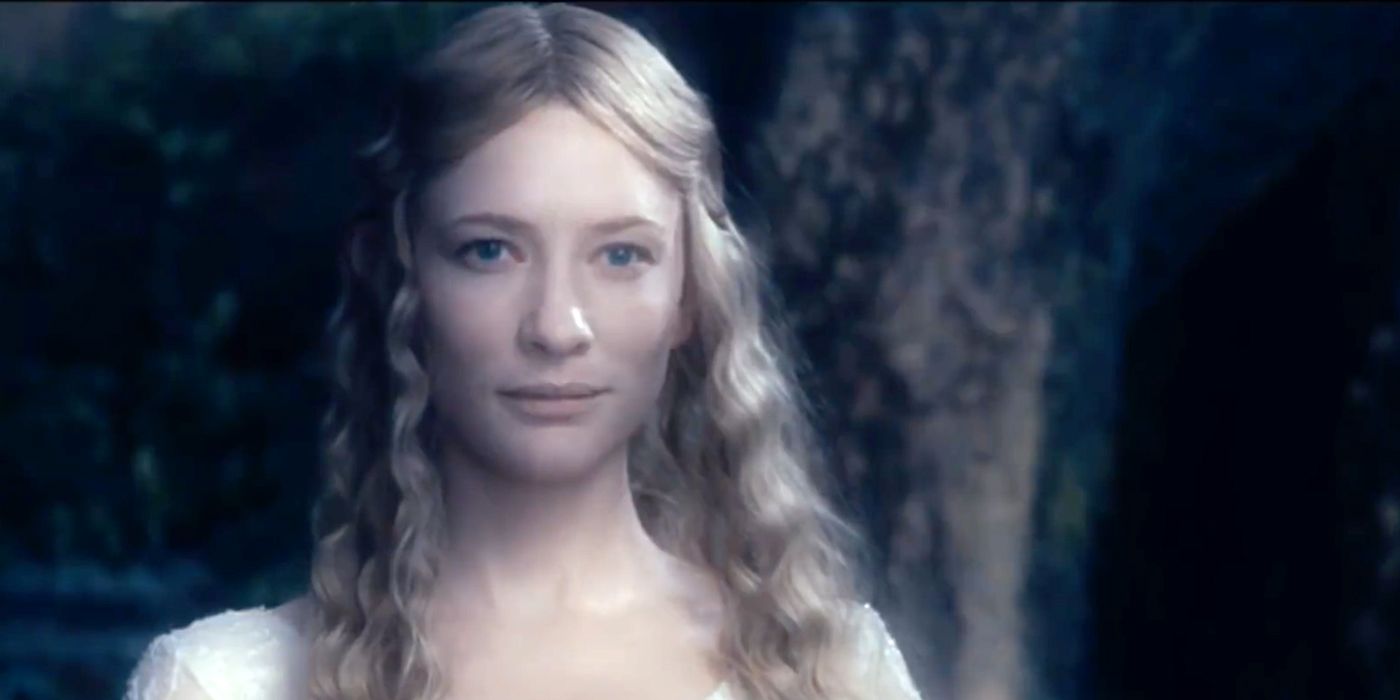
Galadriel is a tricky character to portray effectively in live-action film, given the overwhelming aura she is said to emit in J.R.R. Tolkien’s writings. However, against all odds, Cate Blanchett captures all this and more, bringing one of the most important characters in all of Middle Earth to life in glorious fashion.
Words flowed like honey in Tolkien’s hands, but the visual radiance of Galadriel in Peter Jackson’s film adaptations surpasses all textual descriptions of the character. She isn’t as feeble as in the books, either, and altogether, The Lord of the Rings films do a stellar job of bringing one of the oldest and most respected Elves of all time to life.
Fixed: Samwise Gamgee Is Portrayed as a Legitimate Hero
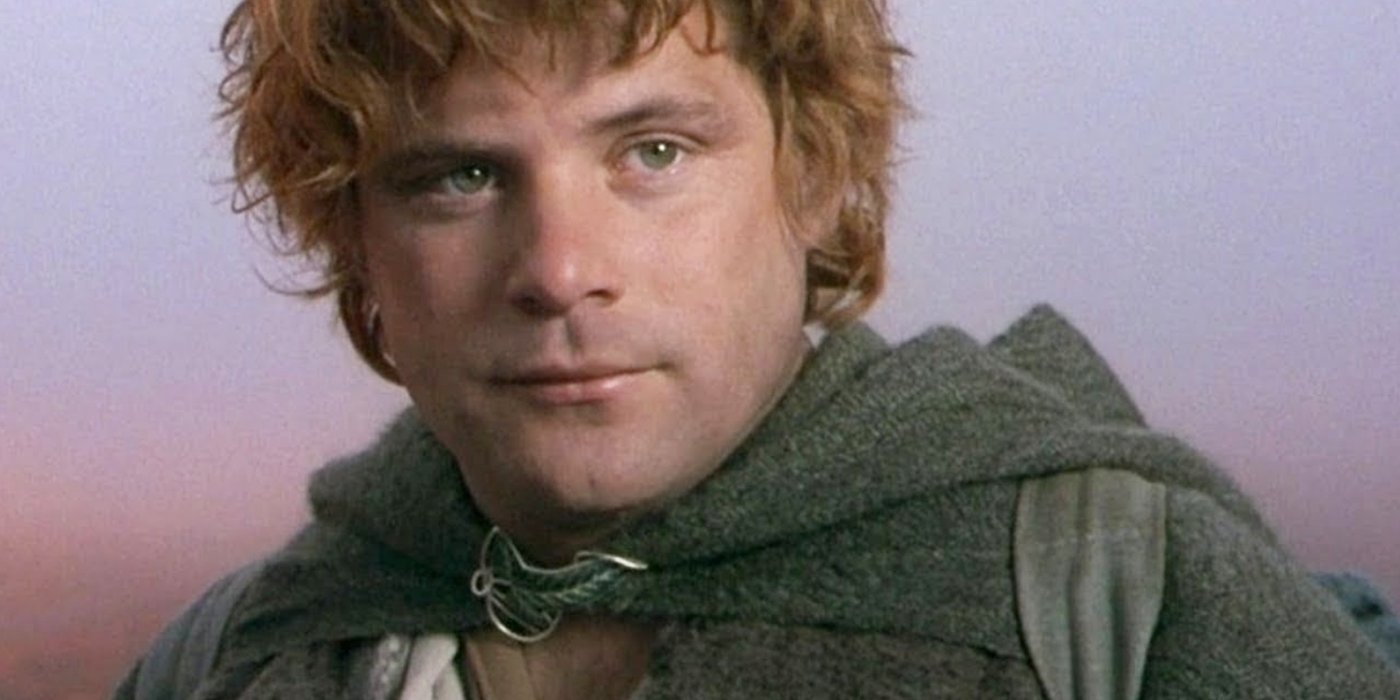
The Lord of the Rings has no shortage of heroic characters, but at the end of its narrative, one mortal from Middle Earth has stayed the path more than any other character: Samwise Gamgee. In both J.R.R. Tolkien’s novels and their cinematic adaptations, Sam is instrumental in Frodo’s journey to destroy the One Ring, and were it not for him, there’s a solid chance that their quest would have ended in total failure.
2:00
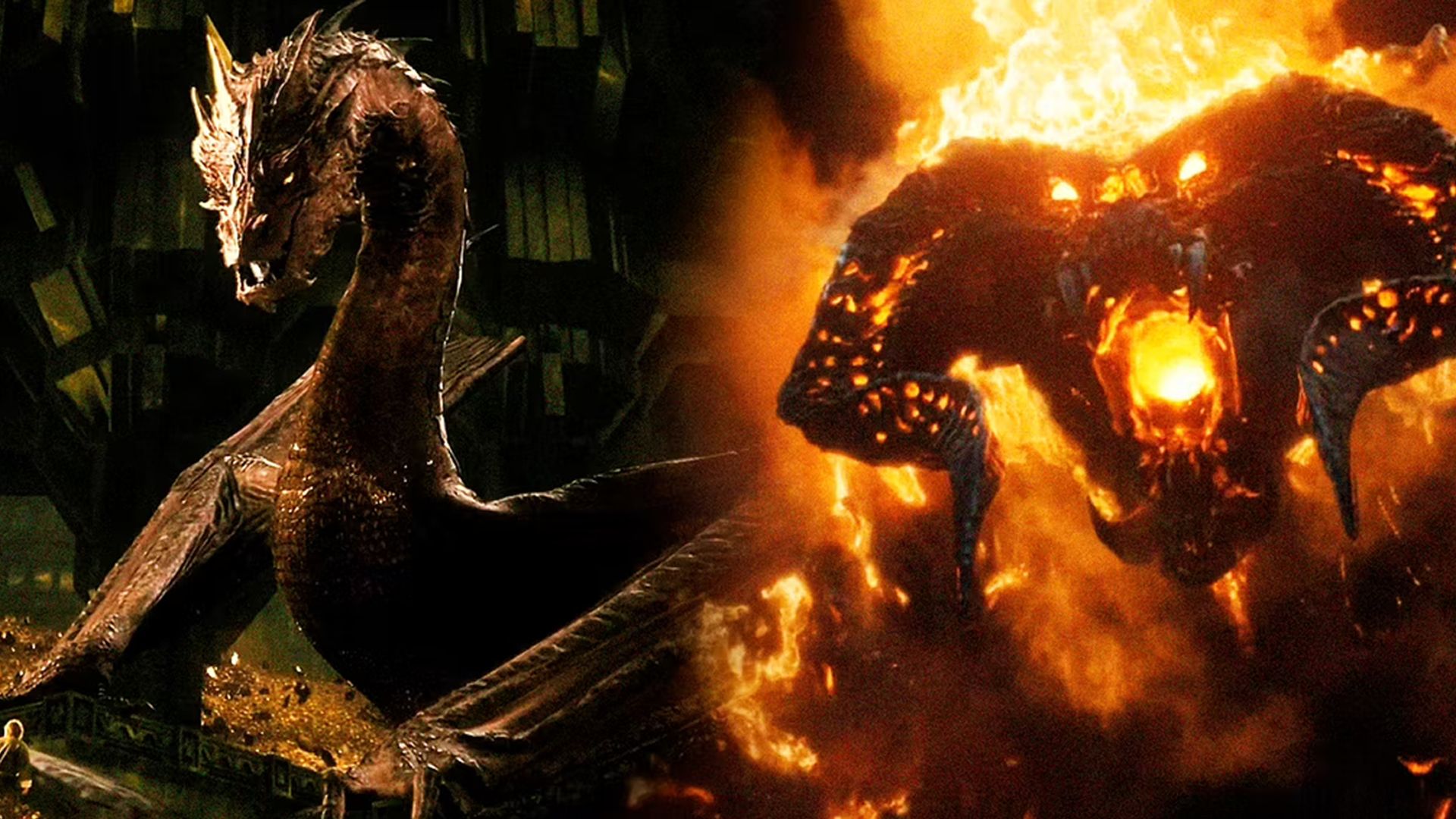
Related
20 Iconic Lord of the Rings Monsters, Explained
The Lord of the Rings may be most known for Sauron and his One Ring, yet there are plenty of other fearsome monsters that roam Middle-earth.
Although Samwise is a solid character in the novels, Sean Astin’s performance in the films takes the lovable Hobbit to another level as a character. In fact, Samwise Gamgee’s bravery, commitment, and routinely sound advice are so evident in The Lord of the Rings films that some fans have even argued that he is the trilogy’s true hero. Overall, Peter Jackson’s approach to Frodo’s most trusted companion results in one of the clearest improvements to the LOTR novels that the entire trilogy makes.
Fixed: Boromir Shines as a True Tragic Hero
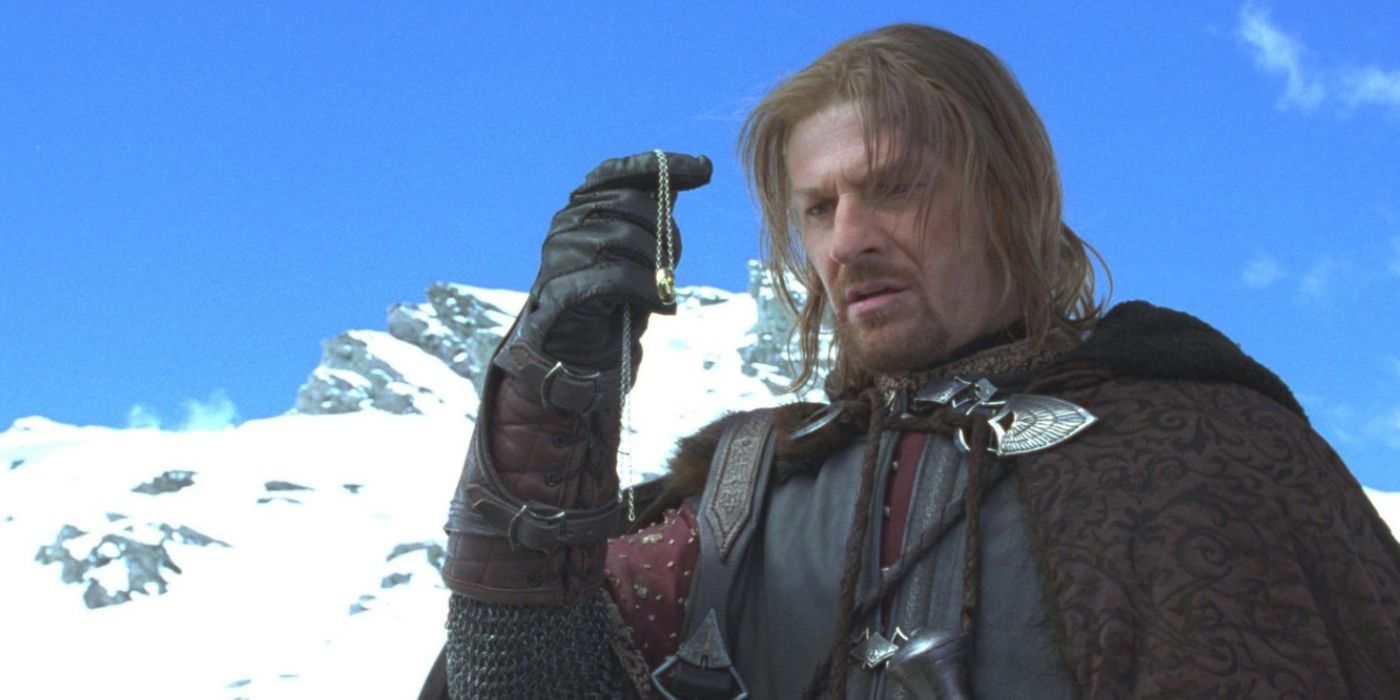
As a Steward-prince of Gondor, Captain of the White Tower, and member of the Fellowship of the Ring, Boromir is one of the most important humans introduced in The Lord of the Rings. While Boromir dies at the hands of the Orcs early in the Quest of the Ring, both his hubris and skills as a warrior are on full display up until his death near Parth Galen.
At face value, Boromir’s character arc is handled fairly similarly in The Lord of the Rings novels and their film adaptations (with the exception of him dying at the end of the first film rather than the beginning of The Two Towers). The true differences between the character’s portrayal lie in Sean Bean’s incredible performance, which adds a layer of nuance that makes the Steward-prince of Gondor much more than a cautionary tale. By adding nuance and ethos to the character, Boromir’s brief vulnerability to the One Ring before his death feels much more powerful, allowing him to maintain even more honor after he passes onto the other side.
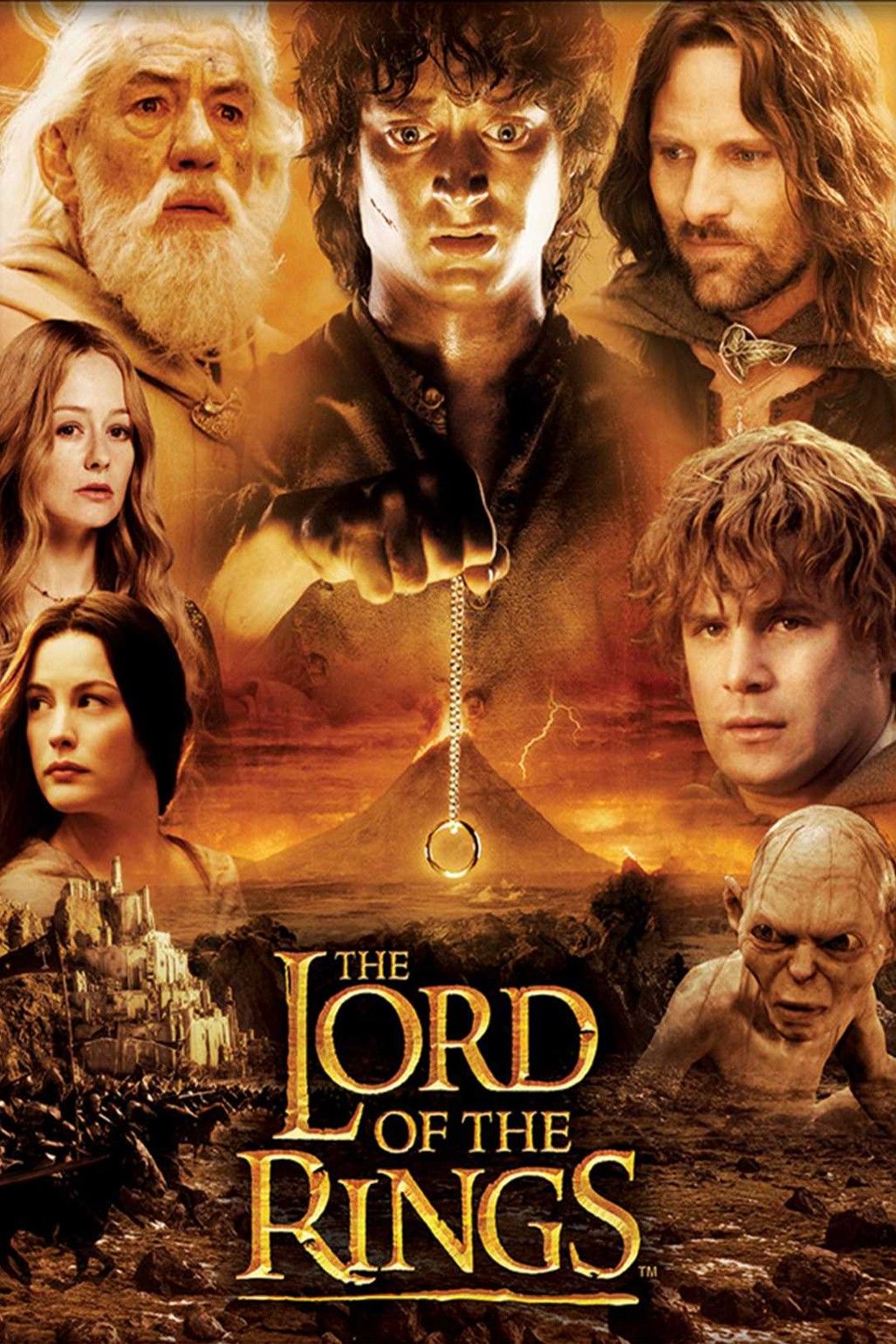
- First Film
-
The Lord of the Rings: Fellowship of the Ring
- Latest Film
-
The Hobbit: The Battle of the Five Armies
Summary
The Lord of the Rings is a long-running fantasy franchise created by J.R.R. Tolkien. The core series consists of four primary books: The Hobbit, The Fellowship of the Ring, the Two Towers, and The Return of the King, all of which have been adapted into films. The Lord of the Rings core franchise centers around Frodo Baggins, a living being known as a hobbit, and a group of heroes from the various kingdoms such as the kingdom of man, the kingdom of dwarves, and the kingdom of elves. Together with the great wizard Gandalf, the group will embark on a perilous quest across Middle Earth to take The One Ring to Mount Doom to destroy it, before it can corrupt anyone and return to the hands of the evil entity known as Sauron, hellbent on conquering all of Middle Earth. The original novel/prequel films, The Hobbit, stars Frodo’s uncle Bilbo Baggins as he embarks on a quest from the comfort of his home and seeks the treasure of a dragon known as Smaug. Bilbo stumbles upon The One Ring on his quest, and finds himself amidst a great war. The most recent media for the franchise is the currently airing The Lord of the Rings: The Rings of Power, airing exclusively on Prime Video.



